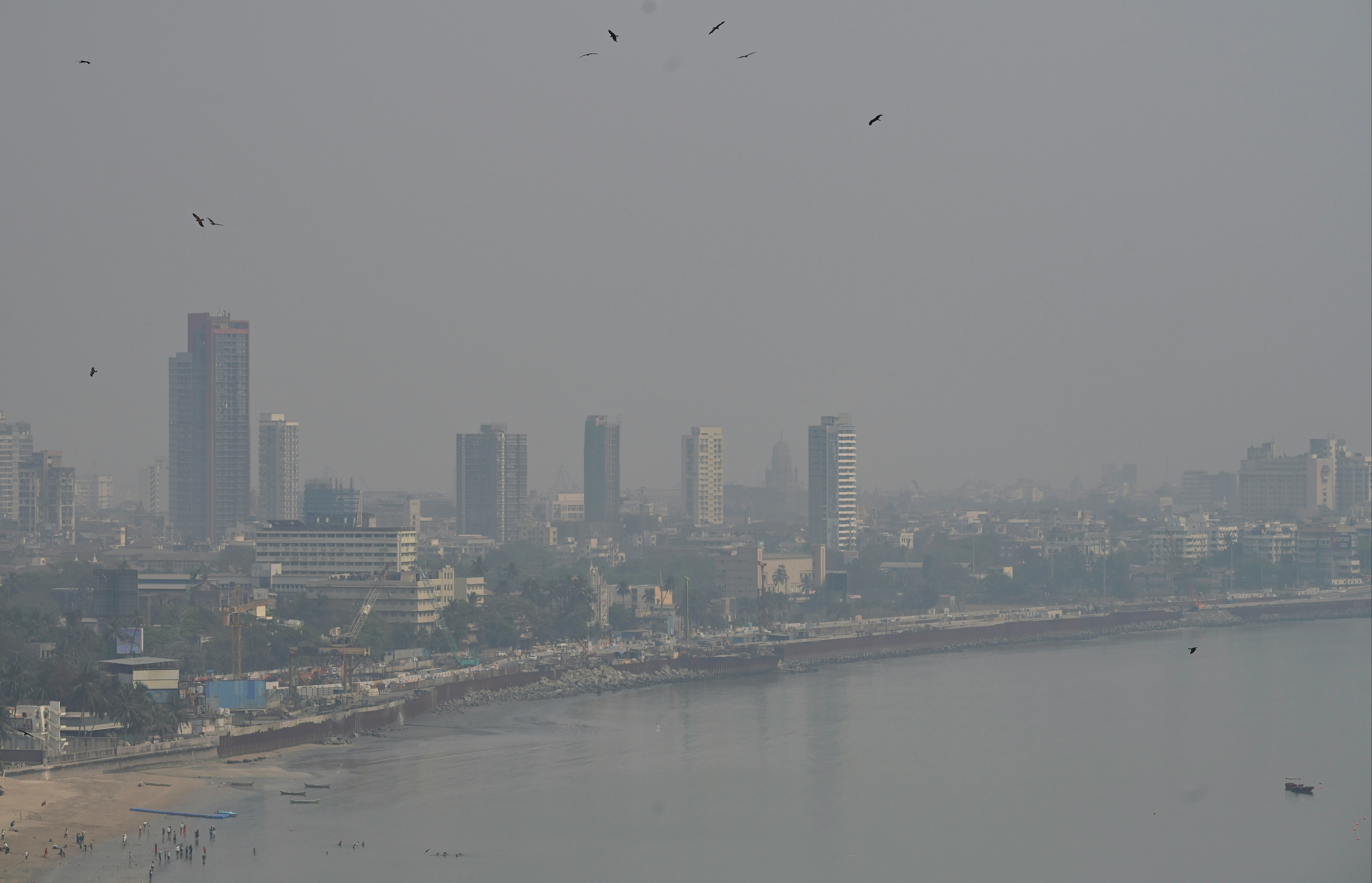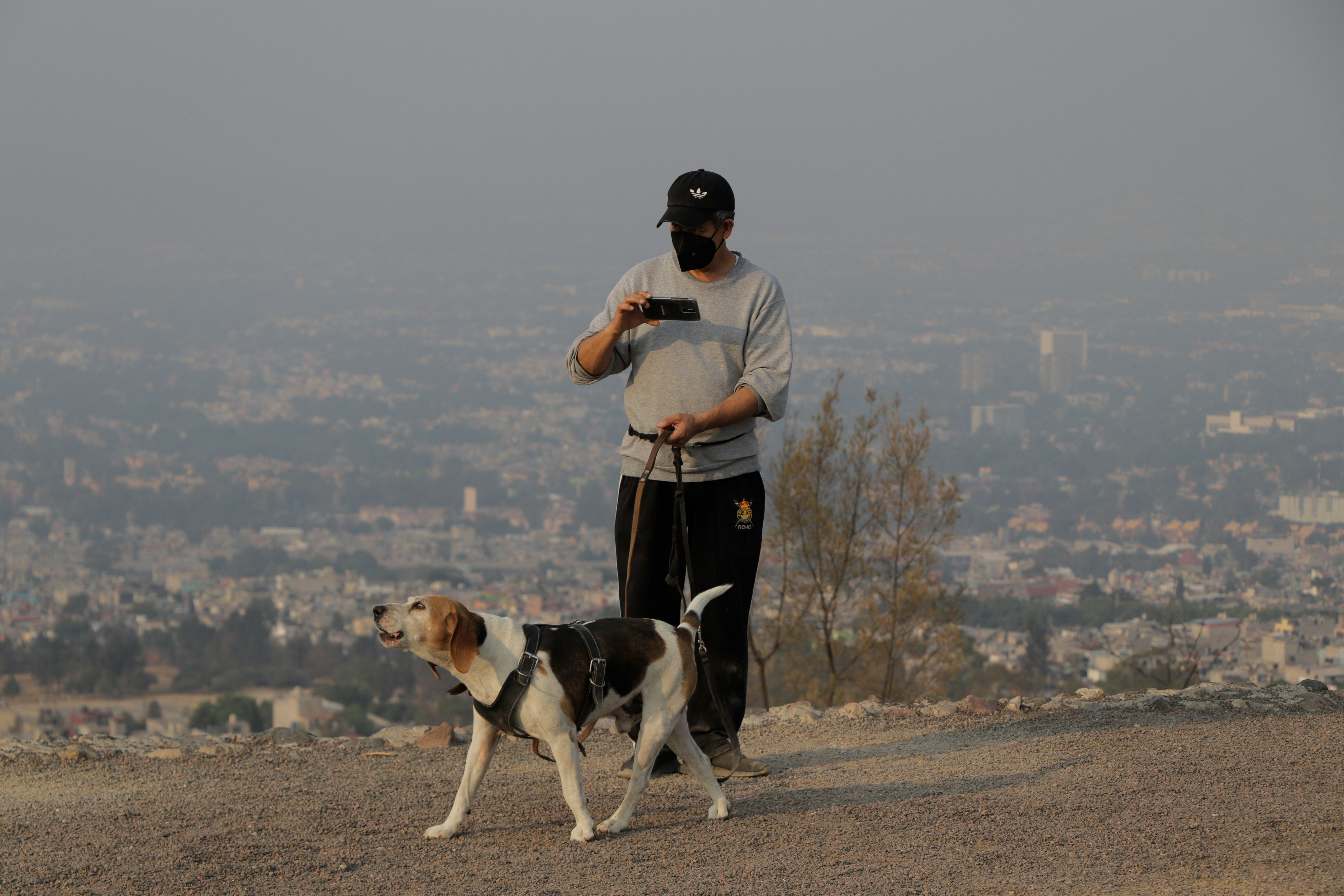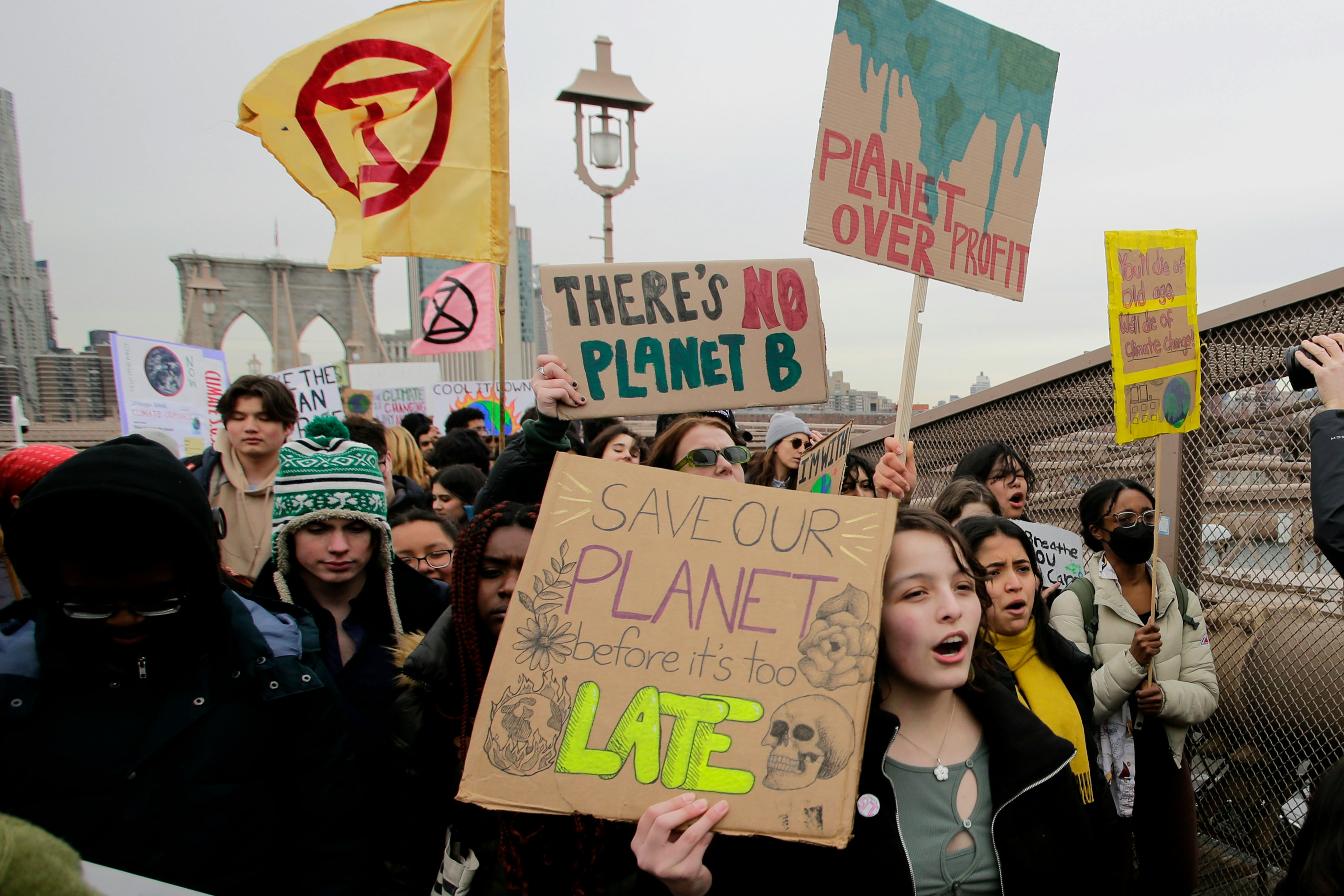
In many ways, air quality has improved a great deal over the past half-century, including a 78 percent reduction of six key pollutants between 1970 and 2020, including PM2.5 — a hazardous type of fine particulate matter pollution created by industry, car, and wildfire emissions, as well as dust.
But while the US and Europe have seen a relative decrease in PM2.5 and other pollutants in recent years, the reality is, it’s one big atmosphere that we all share, and pollution levels even in much of the US are far from ideal.
According to a new study published Monday in the Lancet Planetary Health by researchers at the University of Monash, in Melbourne Australia, 99.99 percent of the world’s population is exposed to levels of fine particulate matter air pollution above what the World Health Organization considers safe on a daily basis.
“We should be concerned that almost all people on the Earth have breathed poor air,” Yuming Guo, a professor of global environmental health and biostatistics at Monash who is the principal researcher behind the study, tells Inverse. When it comes to air pollution, he says, “No one is safe.”

The granular details
The new study differs from past research in that it combines the large with the small, mapping daily variations in PM2.5 pollution across the whole planet.
“We are focusing on daily PM2.5 concentrations at global scale, while some other studies are looking at annual average or monthly average of PM2.5 concentrations,” Guo says. “Many studies have focused on long-term exposure, but very few for daily variations.”
The most recent WHO air quality guidelines set the 24-hour safe exposure level of PM2.5 at an average of 15 micrograms per cubic meter of air, and the annual safe exposure level at an average of five micrograms per cubic meter of air.
In Gun and his team’s analysis, more than 70 percent of days worldwide from 2000 to 2019, saw PM2.5 concentrations above the WHO guidelines, with some distinct regional patterns. Southeast Asia, for instance, saw 90 percent of days surpassing the WHO guidelines by 2019.
The annual average PM2.5 concentration from 2000 to 2019 was 32.8 micrograms per cubic meter of air, according to the study, and just 0.18 percent of global land mass, and 0.001 percent of the world population saw annual average PM2.5 exposures below the recommended five micrograms per cubic meter of air.
Guo and his colleagues used several data sources to track PM2.5 levels from 2000 to 2019, including localized air pollution detectors and air quality monitors, as well as satellite observations.
They then used machine learning algorithms to build a model and estimate PM2.5 concentrations for 6.2-mile-square cells in a grid around the globe.
The method is not without its limitations, Guo amidst, chiefly that not all countries have as many air quality monitoring facilities from which to draw local data.
“The model performance might not be as high as countries with more monitors,” he says. “We will improve the model in the future by including more monitored data and predictors.”

Clearing the air
The takeaway from the new research is clear to Guo.
“Current policies are not enough,” he says. “To improve air quality, we need to: reduce the emissions from different sources, for example, emissions from vehicles — transferring to use public transport, bikes or walking — and industry emissions; promote the usage of clean energy, plant more trees, and reduce waste.”
There may also be some overlap with efforts to reduce air pollution and efforts to reduce carbon emissions and curb climate change, although the relationship is complicated.
The aerosols released by industrial pollution, for example, are known to contribute a cooling effect on the climate, such that reducing them will, at least in the short term, lead to more global warming, even as it protects human health.
On the other hand, “It seems the wildfire related PM2.5 concentrations increased a lot in the past two decades,” Guo says. “Wildfires are highly related to hot weather which is affected by climate change.”







